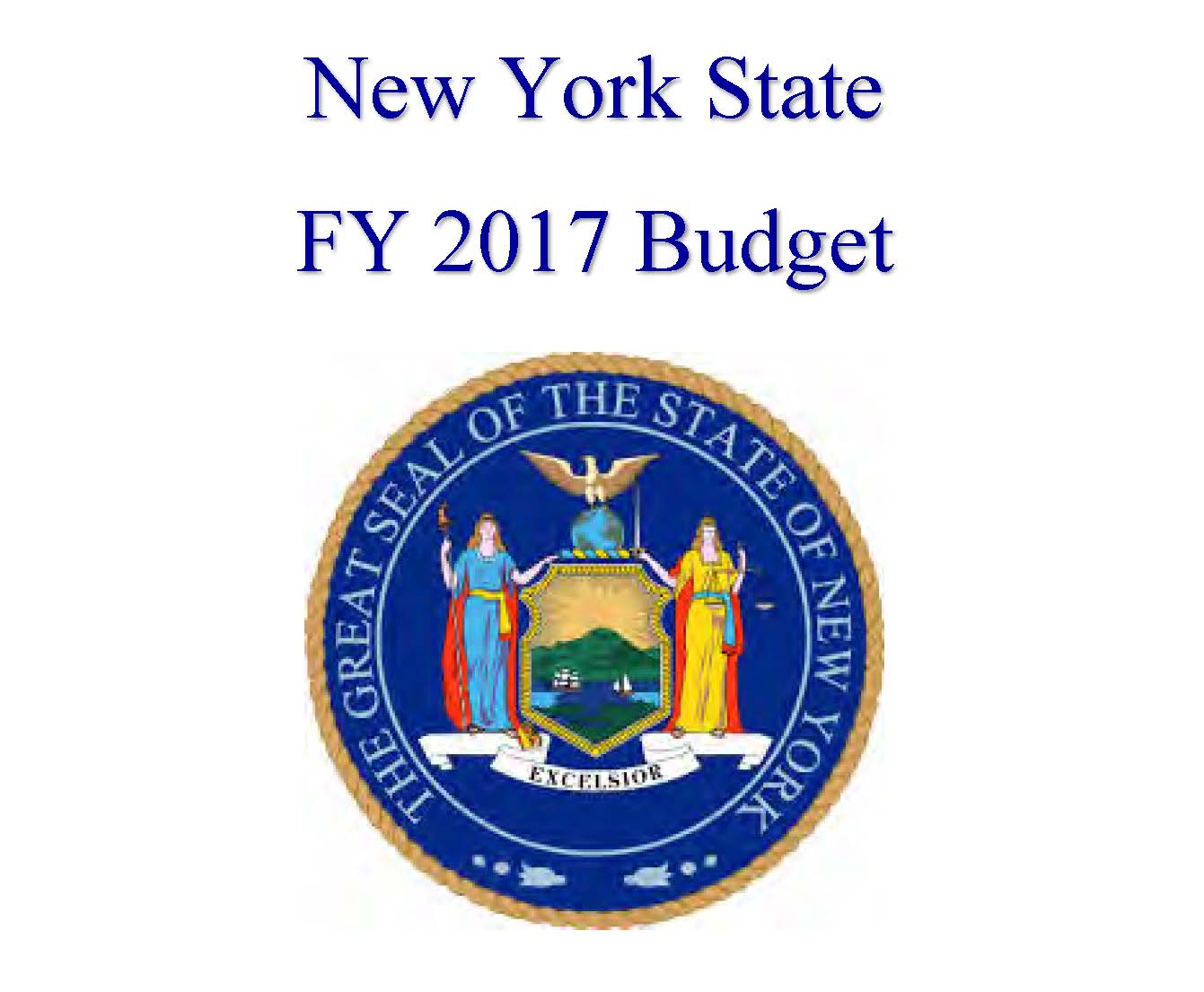Minimum-wage bump is good for all; Even businesses in low-paying industries will benefit
December 11, 2016. This op-ed by Lorelei Salas and James Parrott appeared on crainsnewyork.com and in the December 12, 2016 print edition of Crain's New York Business. When the state's minimum wage rises to $11 an hour from $9 on Dec. 31, workers at New York City businesses with more than 10 employees will see the largest percentage minimum-wage increase in 60 years. It will be a welcome and much-needed addition to paychecks for more than 800,000 low-wage workers struggling to make ends meet in [...]

